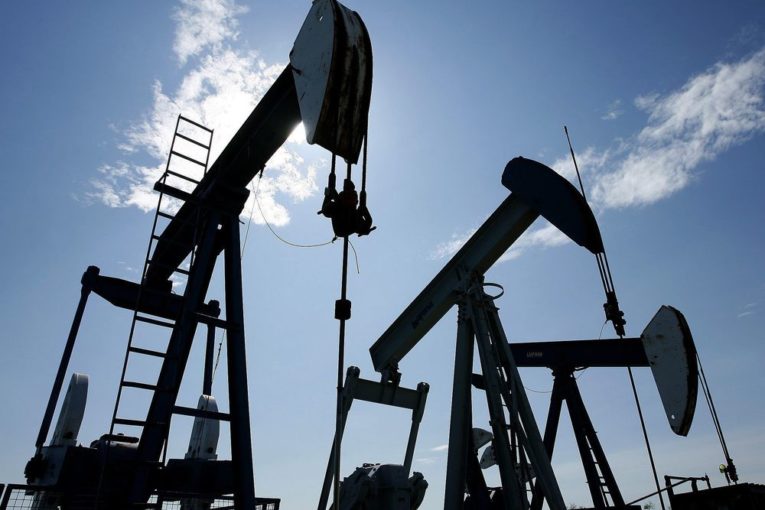
As Canada slogs through another miserable season of pipeline paralysis, one bright light flickers on the energy horizon: the future of LNG.
Chevron Canada and its partner Woodside Energy applied this week to the National Energy Board to significantly expand the size of its proposed Kitimat LNG project as it seeks a new export licence.
It’s encouraging that a second world-scale liquefied natural gas development could be built off Canada’s west coast in the coming years if the conditions are right.
Several other proposals are also on the drawing board, and a producers group has also been trying to pull together its own plan to propel a project forward.
The news from Chevron comes six months after the LNG Canada mega-project, led by Royal Dutch Shell, received approval from its partners to begin construction on the $40-billion development.
These are all constructive steps for a segment of the energy sector that’s often overlooked amid the incessant pipeline problems facing oil producers.
“It’s a positive thing that we see Chevron moving,” said Andy Mah, CEO of Advantage Oil & Gas, one of several Canadian producers that’s part of a consortium pushing to develop an LNG project.
“What it says is that people recognize that Canada is a major natural gas supply source on the world stage.”
Chevron’s application spelled out the project would expand to deliver up to 18 million tonnes of LNG annually, up from an initial 10 million tonnes. Gas would come from Chevron and Woodside’s properties in Western Canada, as well as potentially from third parties.
The project’s existing export licence expires at the end of this year and the filing is a “key regulatory undertaking,” Chevron said in a statement.
No cost or detailed timetables were released, although the filing said Chevron anticipates commissioning of the facility would occur no later than 2029.
“It’s still very early days, but what it shows is a public renewal of interest in Canadian LNG,” said Ian Archer, associate director of North American natural gas for consultancy IHS Markit in Calgary.
The experience of LNG Canada indicates there’s a long and bumpy road ahead to get such expensive projects off the ground. Nothing is guaranteed.
Yet, Shell’s development also proves there is a path for success.
The pursuit of another major LNG project comes at a vital time for the Canadian natural gas sector. Production has increased in recent years, but the industry has lost market share in the United States.
A report by IHS Markit forecasts global demand for LNG will grow by almost four per cent annually until 2040, providing an opportunity for Canada to expand into international markets.
Projects on the Pacific Coast have several advantages, such as access to cheap gas supply and relatively short shipping times to customers in Asia.
Natural gas at the AECO hub in southern Alberta sold for just 49 cents on Wednesday, more than $2 below benchmark U.S. prices.
Depressed gas prices in recent years have been caused by rising output in both Alberta and B.C., full pipelines, a lack of spare capacity and inadequate seasonal access to storage, according to a report by the province’s Natural Gas Advisory Panel.
The pressing question for Canadian producers and policymakers is what can governments do to help accelerate the LNG train?
In a report issued last December, the advisory panel called for the government to work with other provinces to secure a second world-scale west coast LNG project that would make a final investment decision by December 2020.
It recommended the province consider “taking out capacity on major new pipeline or liquefaction initiatives.”
Former TransCanada Corp. CEO Hal Kvisle, one of the committee members, doesn’t think a direct government investment is a good idea.
But working with B.C. and producer groups to market Canadian LNG in Asia would build relationships with potential customers. Providing some form of credit backstop for producers is also worth examining, he said.
“We need to get LNG projects going because we have this enormous resource base in the Montney and Deep Basin that will be as significant economically for Western Canada as the oilsands have been,” Kvisle said.
With an election campaign underway, both the NDP and United Conservative Party are interested in finding ways to promote LNG.
UCP Leader Jason Kenney said Monday his party would consult industry to encourage at least one more major export facility to be constructed.
“If we see that there’s some way we can facilitate supplying Alberta natural gas, getting the natural gas pipelines built, we’ll do that,” he told reporters.
The Notley government created an LNG investment team last December to look at ways to reduce barriers and secure project investments. A report was sent to the province in March with eight recommendations, although it hasn’t been released.
If re-elected, the NDP promises to work with Ottawa, the B.C. government and Indigenous leaders to create a national LNG task force that would report back by Nov. 1, NDP campaign official Matt Williamson said in a statement.
The prospect of more LNG facilities being built would dramatically change the fortunes for Canada’s lagging natural gas sector.
While a lot of attention has been focused on finding customers outside of the U.S. for Canadian crude, natural gas has just as much — if not more — potential to grow quickly, if the country can access new markets.
The news on Chevron’s Kitimat LNG project is another indicator there could — and should – be better days ahead for natural gas producers, but that only happens if another big project gets the green light.
Chris Varcoe is a Calgary Herald columnist.
You can read more of the news on source
